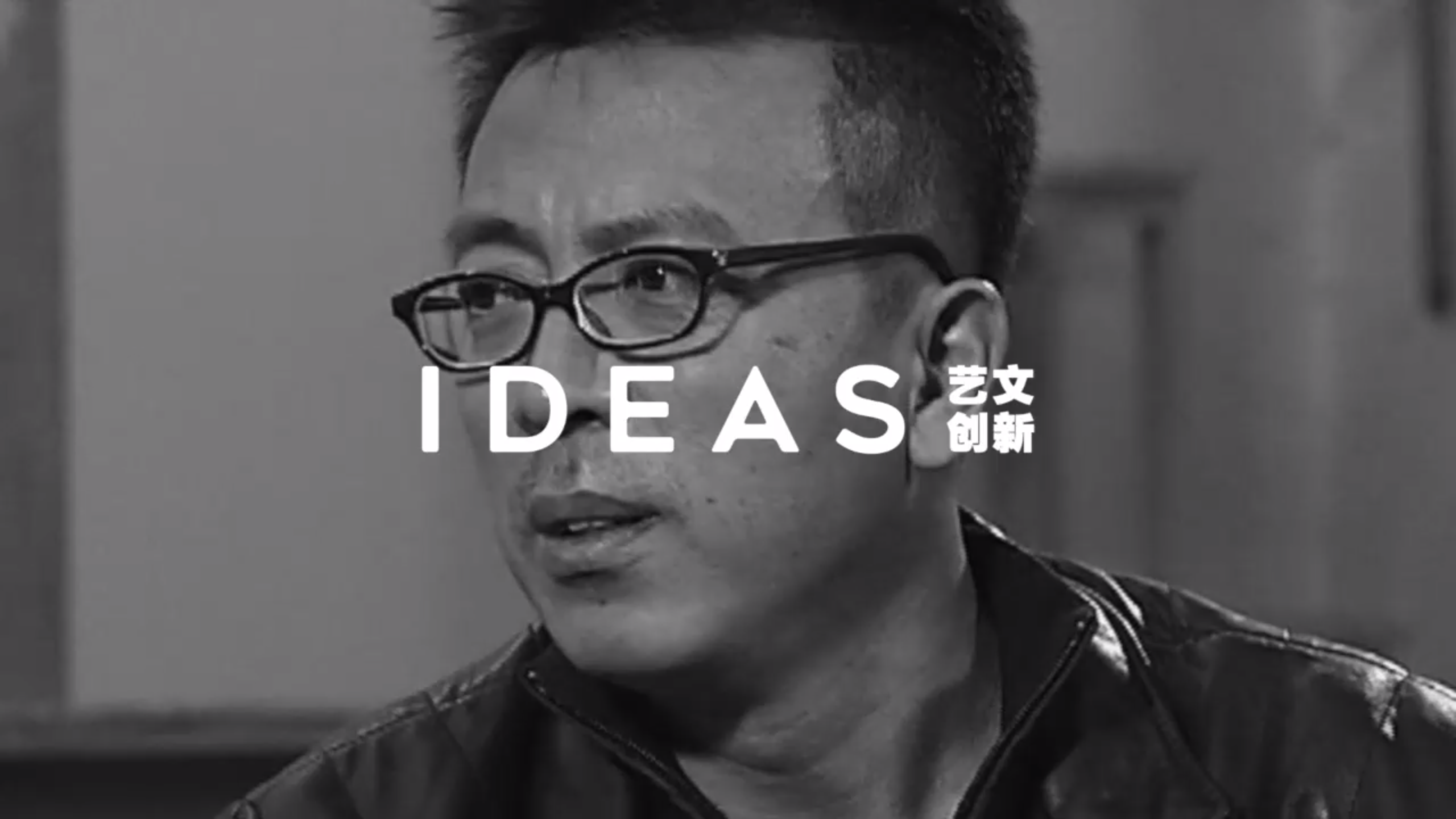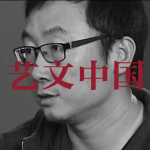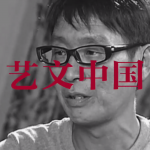Liu Xiaodong
Weng Ling’s Dialogue with Liu Xiaodong
Time: Spring, 2010
Location:Beijing

Artist Liu Xiaodong who has a genius-like ability is sensitive to observation and easy to catch, and he can comprehend the existing condition of persons and objectives. In the spring of 2010, followed by Weng Ling in the scenes of Arts China, the conversation was joining the fragments of Liu Xiaodong’s spiritual world. Both of them have provided a kind of magnetism that lost the sense of time, which has continued to that day with the texture of the current scene.
As a foremost figure in the Chinese contemporary art world, Liu Xiaodong is a New Realism painter in China after the ’85 New Wave. He was involved in the art circles of conceptual art, political pop and post-modernism. In his 30-year creative career, he insists on producing personal cautiousness and reflection on reality rather than cultivated authenticity. He describes the vitality of life, the moment of action, the tension between people and society, and observes the world with intelligent paintings, words and images.
Liu Xiaodong came out of Jincheng, a small town in Northeast China. He was focused on practising martial arts in the early stage of his creation, and also mocked himself: “going to study in the college of fine art is the course do not go to the countryside and mountains.” He revealed the immersive state of the environment from his reflections on authentic life and where he lives during the interview frankly. He believed that “every circumstance has its uniqueness, and it contains many resources that can be used”. This is why Liu Xiaodong never operated with bland or decadent brushstrokes when he illustrated the characters under his brush but always used full and enthusiastic language to take care of the reality in front of him, and was fully aware of the current state of the characters he depicted. His brush strokes illustrated an understanding and empathizing with the people in his painting, as well as a delicate depiction of complexity and indescribable vitality in their world. In this process, he does not render or filter the state of the characters in any form or concept but always stays true to the original appearance of the characters on the scene. It is precise because of this that Liu Xiaodong maintains a subtle distance from various artistic trends that emerged in the 1990s. Against the background of the noisy era, he has refined his painting skills with his unique way of working. As Chen Danqing wrote in the preface of “Xiaodong is Watching”: “Liu Xiaodong’s endowment – he does not know, nor does he have to know – is the way to see the world like an animal. The eyes of animals are ignorant, innocent and ruthless, with no difference, no opinions, and no cultivated culture. He is always watching, as sensitive as an animal could see.”
Liu Xiaodong’s works are constantly sought after by the market. However, what touches us most is not his social success, but his constant presence for decades. In the lively and ordinary life scene, he set up his temporary “studio”, so that the body and consciousness are always active following the awareness of the existence in front of him, “painting in action”. From his hometown of Jincheng to the Three Gorges, from the isolated orphanage on Umanaike Island in the Arctic Circle to the Italian factory where Chinese workers gather… To fully understand and record the world of others, Liu Xiaodong chose to go directly to the scene. In the spring of 2020, Liu Xiaodong stayed in the United States because of the epidemic. He painted New York during the epidemic, and he continued to pay attention to the flow of reality.
In the latest solo exhibition at UCCA Edge in Shanghai in 2022, Liu Xiaodong achieved some recallings, intentionally or unintentionally – compared with the solo exhibition “Liu Xiaodong: Hometown Boy” held at Beijing UCCA 12 years ago exactly, his eyes returned to the nearest future, his relatives, friends, hometown, and the place where to stay. Liu Xiaodong did not change his artistic posture but continued to deepen the existing painting style in his independent spiritual space and his keen perception of actuality.
Twelve-year ago, in the channel of Arts China, When Weng Ling asked Liu Xiaodong if he was an optimist after experiencing many landscapes in the world, he revealed himself as a pessimist: “When you touch too much pessimistic, and then you want to find funny. And it will be easy to obtain a humorous perspective catching the world.” The principles of life have shown in Liu Xiaodong’s paintings. The characters under his brush had surpassed the vicissitudes of life, but they can even raise a tremendous enthusiasm for encountering the world.

